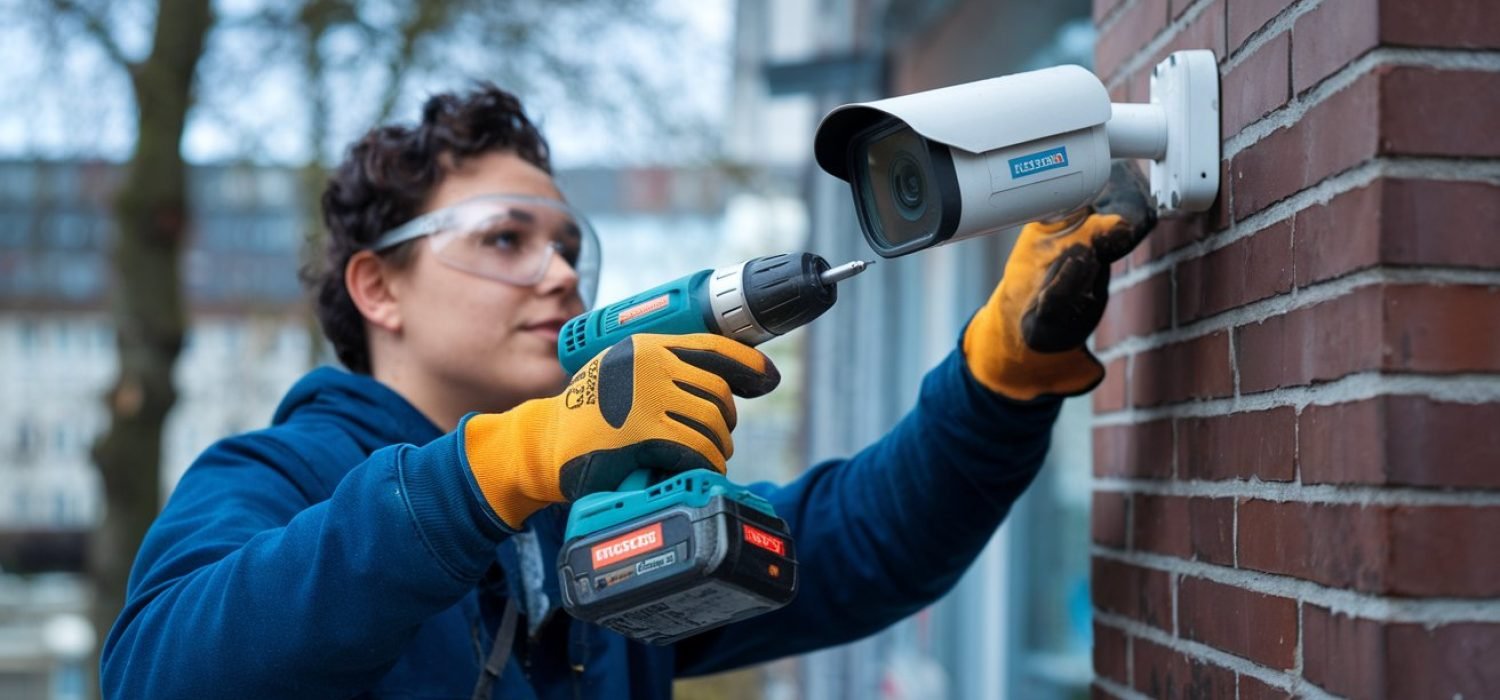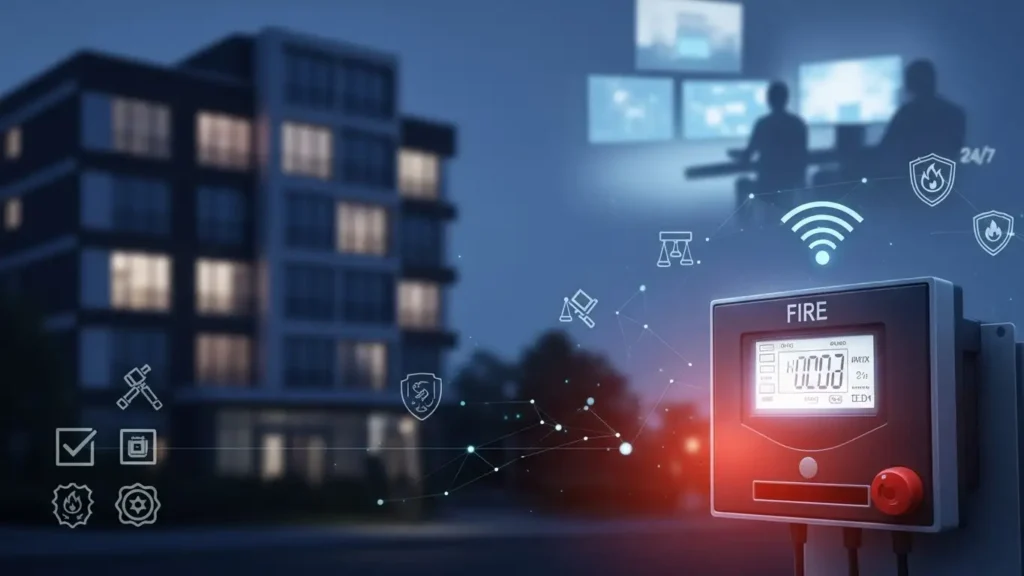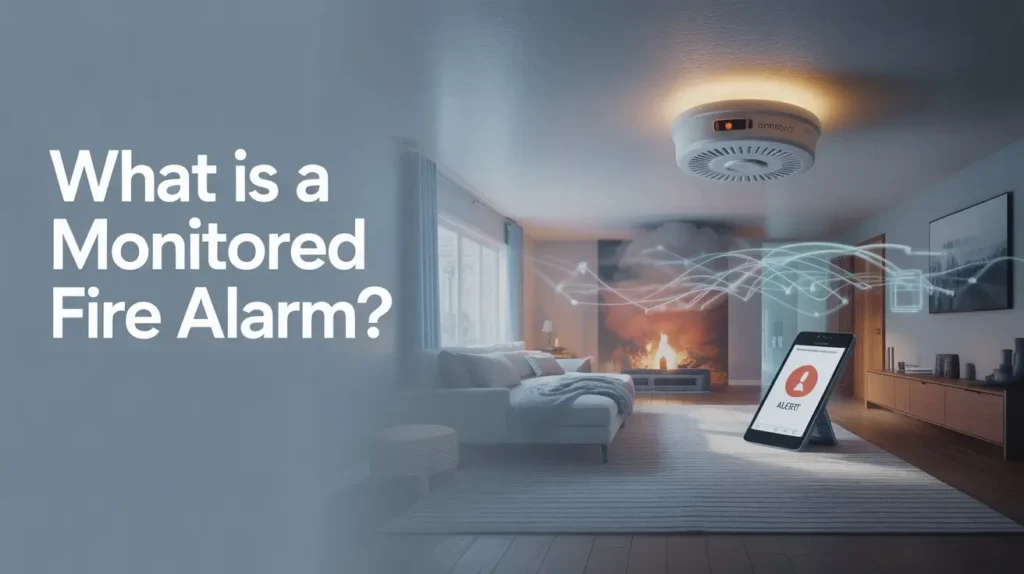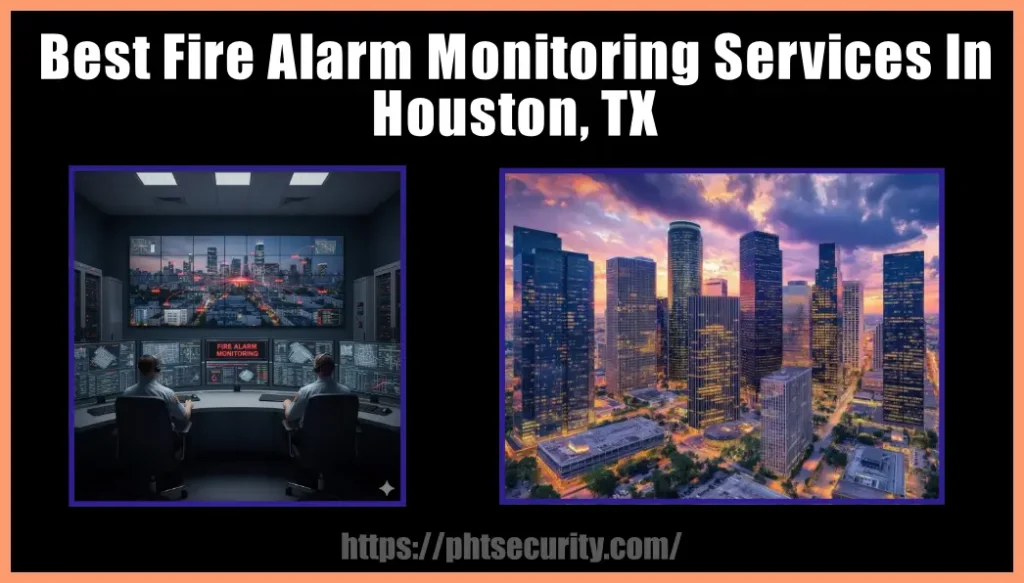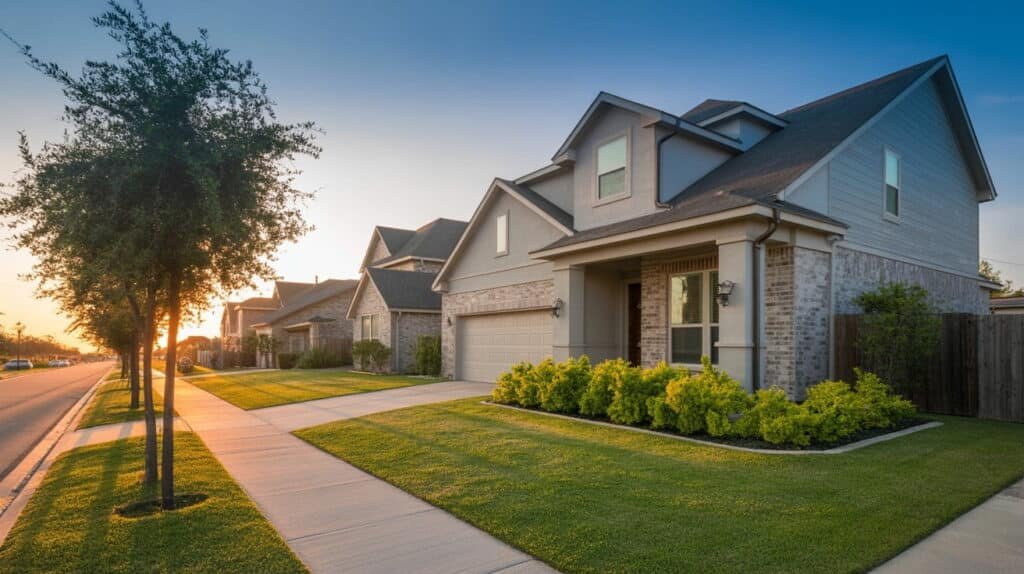Installing a DIY security camera system is a smart way to enhance the security of your home or business without relying on professional installers. However, to achieve a seamless and professional-looking installation, you need the right tools. Using the correct equipment ensures proper mounting, cable management, and optimal camera positioning to get the best security coverage.
In this guide, we will cover five essential tools for DIY security camera installation and explain why they are necessary. With these tools, you can complete your setup efficiently, ensuring reliability and longevity.
1. Power Drill and Drill Bits
One of the most crucial tools for installing security cameras is a power drill. Whether you’re mounting cameras on walls, ceilings, or poles, a power drill helps create holes for screws, brackets, and wiring.
Why You Need a Power Drill:
- Makes installation quicker and easier compared to manual drilling.
- Helps secure cameras on various surfaces such as wood, drywall, brick, and concrete.
- Allows for precise drilling, reducing the risk of damaging walls or fixtures.
Recommended Features for a Power Drill:
- Cordless with a rechargeable lithium-ion battery.
- Variable speed settings for better control.
- Drill bits designed for multiple materials (masonry, metal, and wood).
- Lightweight and compact for easy handling.
2. Screwdrivers and Anchors
Once the mounting holes are drilled, you need to secure the camera brackets and adjust camera positioning. A set of screwdrivers (both Phillips and flathead) is essential for this step.
Why Screwdrivers and Anchors Are Important:
- Help fasten screws into various surfaces.
- Ensure stability and durability of the mounted cameras.
- Prevent loose connections that could lead to the camera falling off over time.
Pro Tip:
Use wall anchors if you’re mounting on drywall or concrete. These help distribute weight evenly and prevent the camera from becoming loose.
3. Cable Management Kit
Cables running across walls and floors can look messy and even become a tripping hazard. Proper cable management enhances aesthetics and protects your wiring from environmental damage.
Essential Cable Management Tools:
- Cable raceways: Protect and conceal cables running along walls.
- Cable clips and zip ties: Keep cables bundled neatly.
- Wire conduit: Shields outdoor wiring from moisture and physical wear.
Benefits of Proper Cable Management:
- Prevents tangled wires and interference in signal transmission.
- Ensures a professional and organized setup.
- Reduces the risk of cable damage and short circuits.
4. Network Cable Tester and Crimping Tool
If you’re installing wired security cameras, ensuring a strong and stable connection is crucial. A network cable tester helps verify the integrity of Ethernet cables, while a crimping tool is used to attach connectors.
Why These Tools Are Important:
- Detects wiring faults, broken connections, and incorrect terminations.
- Ensures seamless data transmission for wired cameras.
- Saves time by troubleshooting network issues before finalizing installation.
How to Use a Network Cable Tester:
- Plug one end of the cable into the tester and the other into the remote unit.
- Run the test to check for open wires, shorts, or miswiring.
- Replace or re-crimp faulty connections as needed.
5. Ladder and Safety Equipment
Since security cameras are often installed at elevated positions, having a sturdy ladder and safety gear is essential.
Choosing the Right Ladder:
- Opt for a stable, non-slip ladder that supports your weight and tools.
- Choose an extendable ladder for high ceilings and outdoor installations.
- Consider a foldable ladder for easy storage.
Essential Safety Gear:
- Gloves: Protect hands from sharp edges and electrical hazards.
- Goggles: Prevent dust or debris from getting into your eyes.
- Helmet: Reduces the risk of head injuries from accidental falls.
6. Smartphone or Tablet with Installation Apps
Most modern security camera systems come with mobile apps that simplify the installation and configuration process. Using a smartphone or tablet, you can monitor real-time footage and fine-tune camera angles without needing a separate monitor.
Key Features of Installation Apps:
- Live video preview to adjust camera positioning.
- Motion detection settings customization.
- Remote access setup for monitoring from anywhere.
- Automatic firmware updates for enhanced security.
7. Voltage Tester and Power Extension Cords
For wired security cameras, checking power sources is vital. A voltage tester helps ensure electrical safety by checking if an outlet or power cable is active. Extension cords and surge protectors allow flexible placement of cameras, especially in areas with limited power sources.
Why These Tools Are Necessary:
- Prevents electrical accidents by detecting live wires.
- Helps in proper camera placement by extending power reach.
- Ensures protection against power surges and voltage fluctuations.
8. Measuring Tape and Level Tool
To achieve a professional and accurate installation, using a measuring tape and level tool is necessary.
How These Tools Help:
- Ensures cameras are aligned perfectly for optimal coverage.
- Helps maintain consistent spacing between multiple cameras.
- Prevents the need for frequent repositioning.
9. Backup Storage (SD Cards or NVRs)
Even with cloud-based recording, having a local storage option is beneficial. SD cards, NVRs (Network Video Recorders), or DVRs (Digital Video Recorders) allow you to store footage securely and access it anytime.
Why Backup Storage Matters:
- Ensures recording continues even if the internet connection is lost.
- Provides evidence in case of security incidents.
- Allows easy retrieval of past recordings.
10. Waterproofing and Weatherproofing Materials
For outdoor cameras, protecting them from rain, snow, and extreme temperatures is crucial.
Essential Waterproofing Materials:
- Silicone sealant: Prevents water from seeping into wiring.
- Weatherproof covers: Protects cameras from harsh weather conditions.
- UV-resistant cable sleeves: Prevents sunlight damage to exposed wires.
Final Thoughts
Having the right tools for DIY security camera installation ensures a professional, secure, and efficient setup. With the proper equipment, you can mount, connect, and maintain your cameras with ease. Whether you’re a beginner or an experienced DIYer, investing in these tools will make your installation process much smoother.

